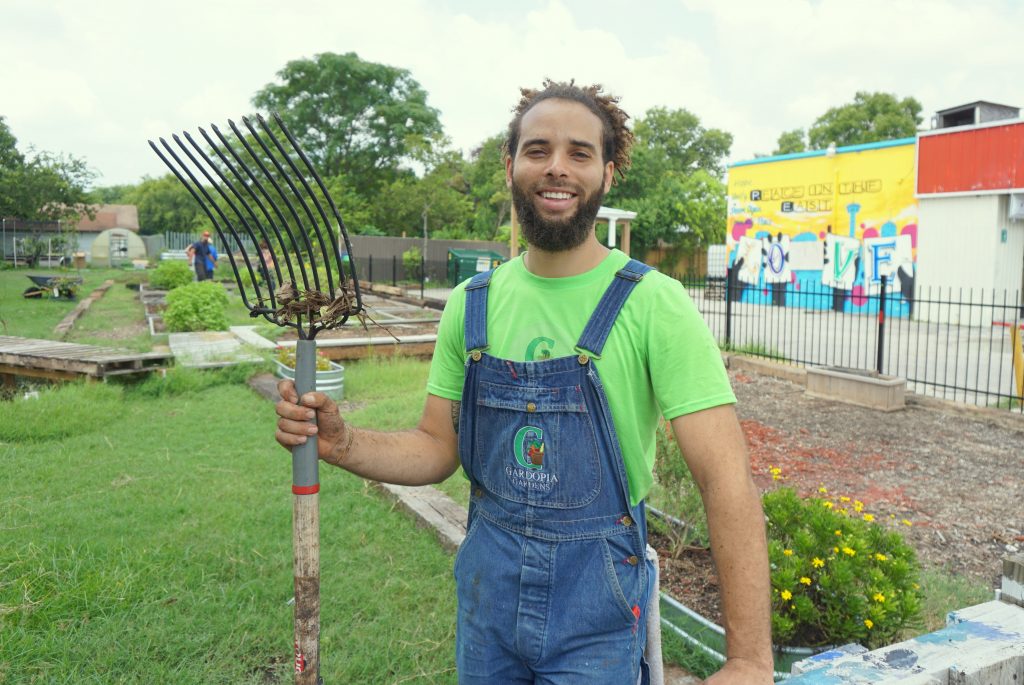
In 2012, then the University of Incarnate Word (UIW) senior Stephen Lucke started an edible garden to serve the school community. As a student employee of the UIW grounds de- partment, that wasn’t exactly in his job description, but the young man had a vision. And as the biochemistry major’s garden grew, so did its purpose.
Workdays at UIW’s edible garden evolved into community service hours for students and discussions about promoting campus sustain- ability, fresh food and education. By the time Mr. Lucke graduated in December 2012, he realized the impact a community garden could have, particularly if it was used for education as well as produce.
“Gardening has so many positive impacts. In my own case, I didn’t eat many vegetables until I had a reason. When I started the garden in 2012, I had great success with Roma tomatoes. There were so many, I started to eat them. Even on a very small scale, gardening expanded my palate,” Mr. Lucke said.
As he learned more about the problems that face San Antonio, his ideas about gardening as a panacea of sorts also grew. “Poverty and obesity is like a modern day plague in San Antonio,” Mr. Lucke, now 27 years old, said.
Mr. Lucke started helping with community and school gardens on the Eastside and found the plot of land at 611 N. New Braunfels and Gardopia Gardens was born. The physical garden, more of an urban farm complete with chickens, is located in a high-crime area.

The nonprofit is a wellness program with three pillars: education, health and environment. The group received an Eastside Promise Zone grant for $10,000 to support the health portion of Gardopia. This grant was used to pay coaches and buy exercise equipment need- ed for the Gardopia program to work with several SAISD schools.
“The education pillar is our academic piece, where we emphasize STEM (science, tech, engineering, math) and project-based learning, and just about any subject matter can be taught out of the garden,” Mr. Lucke explained. “The health pillar represents physical activity and nutrition.”
The basic premise of the health and wellness based nonprofit orga- nization is to help everyone practice wellness in their daily lives.
“We define wellness as a holistic approach to being healthy. So our vision is to make sure there are gardens everywhere with fresh organic produce. In the garden, we exercise repetition and demonstrate how everything is full circle,” he added.
At Gardopia, everything is done organically and sustainably. They make and use compost and implement rainwater collection. Right now, kale, tomatoes and cucumbers are growing in the garden. Soon they’ll be putting in broccoli, cauliflower and cabbage.
“We can’t be 100 percent off the grid, but we strive to lower costs and lower our carbon footprint,” Mr. Lucke said. “The idea is to set up your garden for success.”






